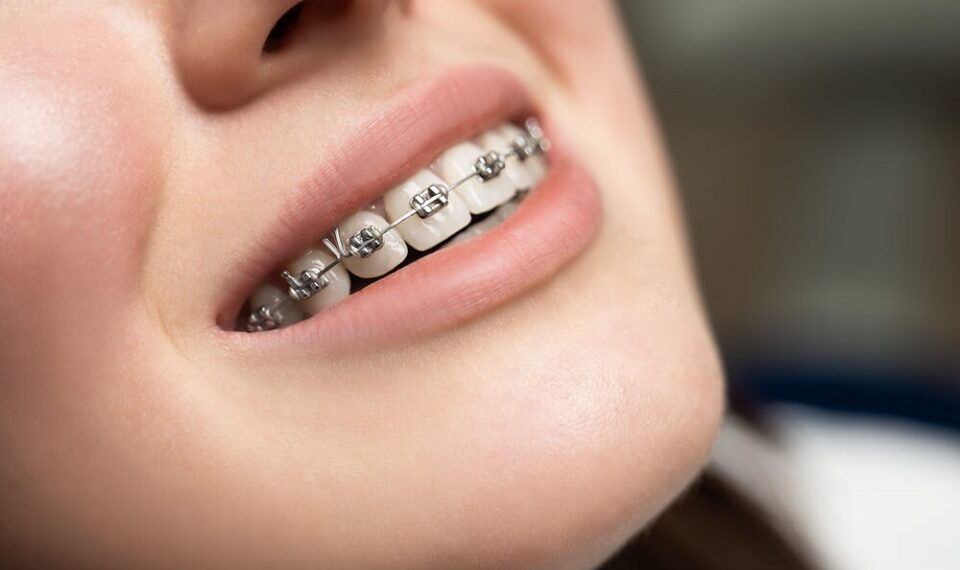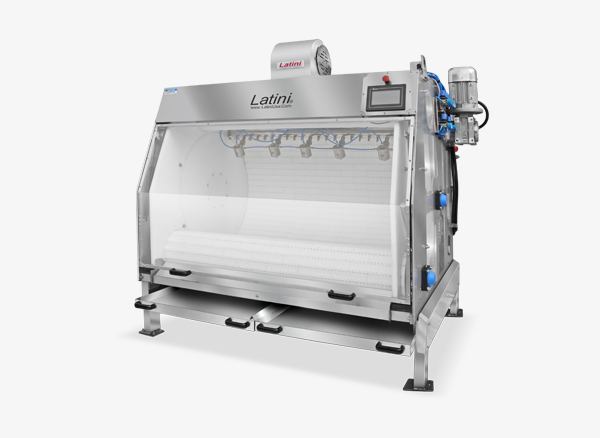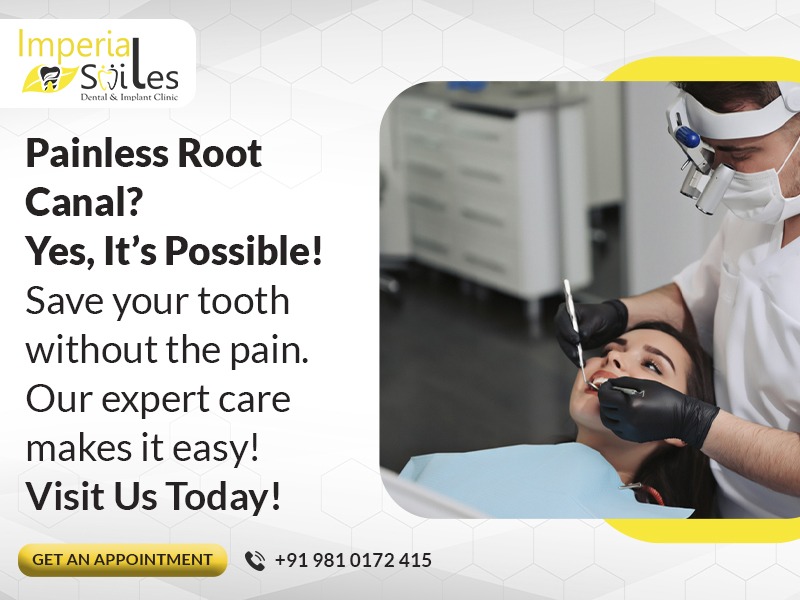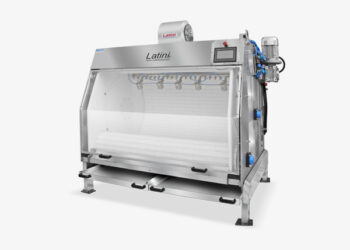Everybody desires straight teeth and a sparkling smile. However, not everyone has this privilege due to several reasons. For example, accidents and poor eating habits can crack or chip teeth. Failing to remove milk teeth can also cause overcrowding. The best remedy to misaligned teeth is wearing braces.
What is the Function of Braces?
Braces are the remedy for malocclusions, also called irregular bites. The issues usually result from crowding, missing or extra teeth, improper bites, and tooth spacing.
Standard braces comprise a metal bracket fastened to each tooth. The metal exerts pressure on misaligned teeth, encouraging them to move into the desired position. Your dentist will change the braces at intervals until the teeth are straight and aligned.
The Best Time to Acquire Braces
Are you wondering what’s the best age to get braces? Most people get their braces fixed between 12 and 17 years old. This is after all permanent teeth emerge and the jawbone and tissues are still growing, making it easier to shift and align the teeth.
Younger children (below ten years) are unsuitable candidates because they don’t easily understand the discomfort of wearing braces. In addition, they are unlikely to adhere to strict hygienic standards to keep braces clean and prevent tooth discolouration and decay.
The problem with teens is the stigma associated with braces. Some consider it ‘nerdy’ to wear this orthodontic equipment. Fortunately, there are subtler brace types like Invisalign and ceramic braces.
Although teens and young adults are the prime candidates for brace application, older people can also wear braces. For example, a senior might need braces to correct issues caused by advanced age or accidents.
When Do You Need Braces?
Here are the top signs that you need braces.
Chewing Problems
Issues like misaligned teeth manifest in eating behaviours. If your children are experiencing chewing problems, braces might be the solution.
Tooth Grinding
Tooth grinding is usually a sign of malocclusion. It helps to consult a dentist immediately because excessive tooth grind increases the risk of cavities through enamel erosion.
Thumb and Finger Sucking
Thumb and finger sucking can hurt teeth alignment in growing children. Placing fingers between teeth exerts pressure, which might move the teeth and cause misalignment.
If your kid likes sucking fingers, teach them to avoid the habit. More importantly, book a visit to the dentist.
Crowded and Misplaced Teeth
When you fail to remove milk teeth, another grows in the same position, causing crowding. Crowded teeth lower your self-esteem and make cleaning teeth difficult. In addition, plaque is more likely to build up between the extra teeth, increasing the risk of cavities and other dental complications. Fortunately, you can fix this problem by getting braces.
Jaw Problems
Overbites and underbites affect speech and other mouth functions. As a result, doctors usually recommend orthodontic equipment like braces to help fix jaw issues.
Early Loss of Milk Teeth
Losing baby teeth too early increases the risk of misalignment. This is because the replacements are larger and tend to grow into each other. If your kid loses teeth before the expected time, consult a dentist.
Types of Braces
Here are the different brace types available to you:
- Metal braces are the most common brace types, consisting of a metal bracket held together by thin outer wires.
- Ceramic braces – these resemble metal braces but aren’t as conspicuous. They look like teeth, making them ideal for people who don’t like the visibility of metal braces.
- Invisalign –these are retainer trays made to suit the specific patient. They’re clear and not easily noticeable. However, they are the costliest brace type.
How to Adjust to Braces
Use the following tips to encourage kids to wear braces:
- Be honest – braces cause discomfort, and preparing your kid for such is advisable.
- Boost their confidence – older children may be opposed to wearing braces due to the perceived stigmatization at school. Emphasize the importance and commonness of braces to boost their self-esteem.
- Teach proper hygiene – foods tend to get stuck between braces. Teach your children good oral hygiene to prevent plaque buildup.
Wrapping Up
It’s never too late to get braces. Although teens and young adults are the best candidates, older and younger individuals can get orthodontic treatment if a dentist recommends it. Remember, you must follow the instructions to get positive results.

























